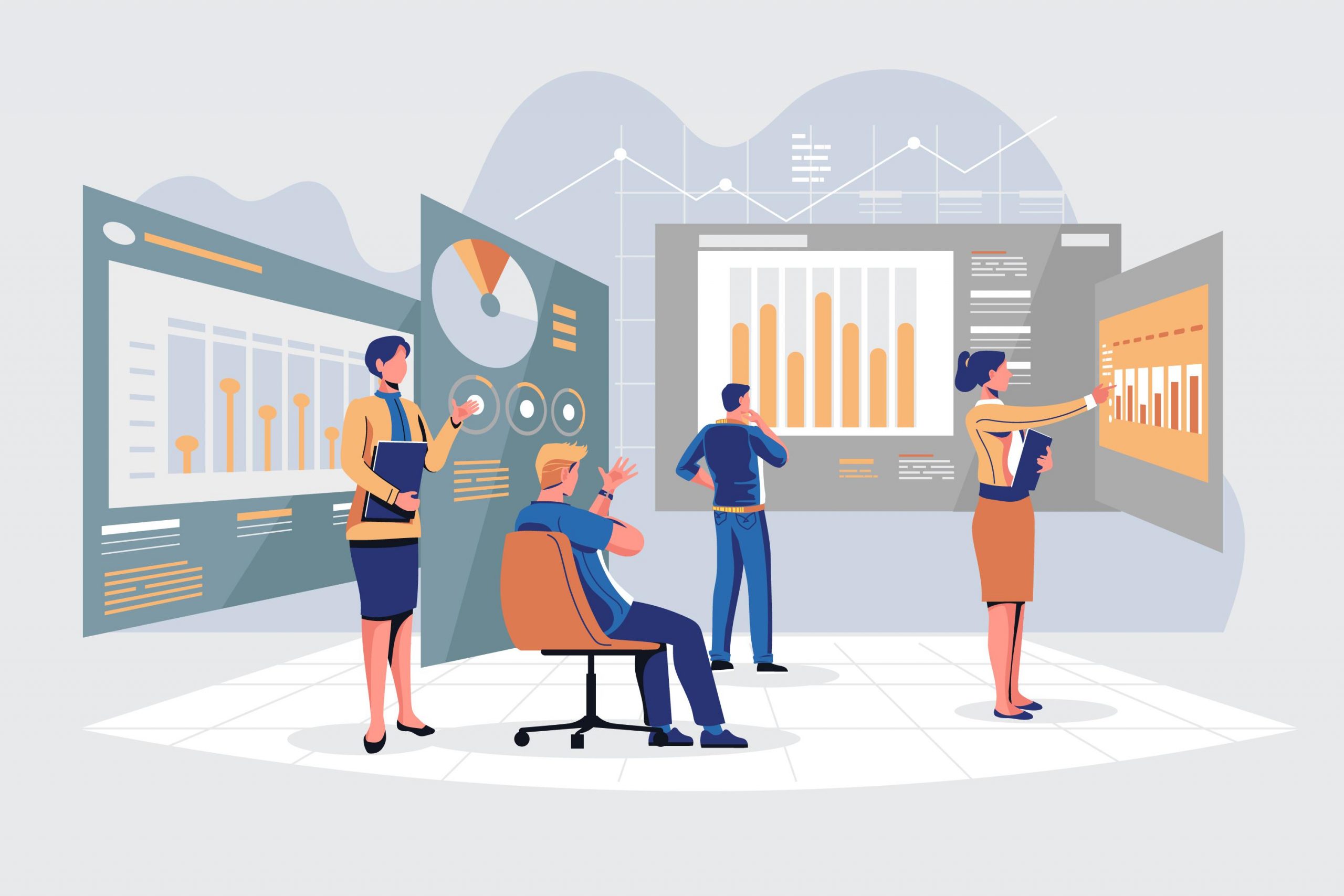SAP Releases Software to Support Circular Economy

WALLDORF, Germany — SAP is rolling out software to help companies develop sustainable products and participate in the circular economy.
SAP Responsible Design and Production is intended to eliminate waste and “unlock new value” as users design products to be “sustainable from inception,” according to SAP last month.
The cloud-native software was co-developed with Accenture on the SAP Business Technology Platform.
SAP believes managing materials and regulatory data are two of the “most complex challenges” companies face when developing sustainable products.
SAP Responsible Design and Production is set up to provide tailored intelligence to keep pace with sustainable business regulations, such as plastic taxes, embed circularity principles into core processes, and optimize design for sustainable business.
The software should give users “better visibility of material flows” throughout their processes.
Software’s role in the circular economy
“Every year, we use almost twice the amount of resources than the planet can regenerate,” said Scott Russell, a member of the SAP Executive Board and head of customer success.
“Business can play a crucial role in keeping value in our systems for longer through smart, responsible product design that reuses resources rather than disposing of them. There is inherent complexity in designing products that eliminate waste and use responsible materials.”
SAP Responsible Design and Production “tackles that complexity” and helps clients deliver circular products and “achieve a regenerative economy,” Russell said.
The circular economy is based on three design-driven principles: eliminate waste and pollution; circulate products and materials; and regenerate nature, according to Andrew Morlet, CEO of the Ellen MacArthur Foundation.
“Digital solutions play an important role in the transition to a circular economy,” Morlet said. “They enable businesses to embed circular practices across their operations, from designing products to reduce waste from the outset to tracking the life cycle of the materials they use.”
